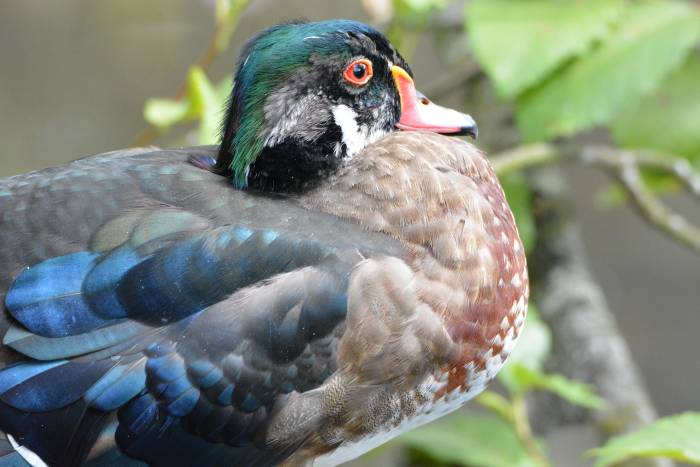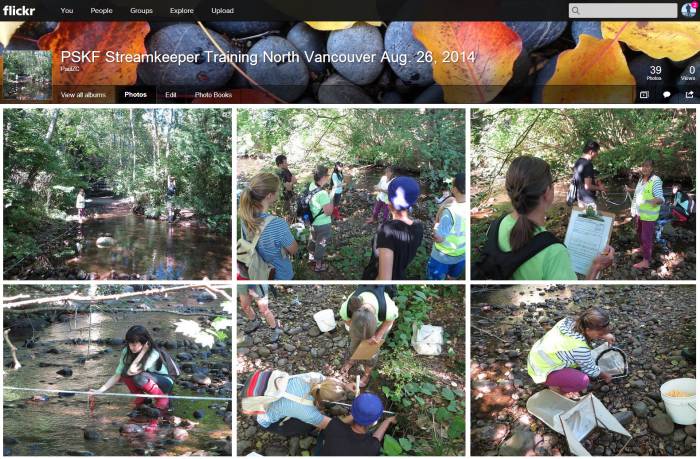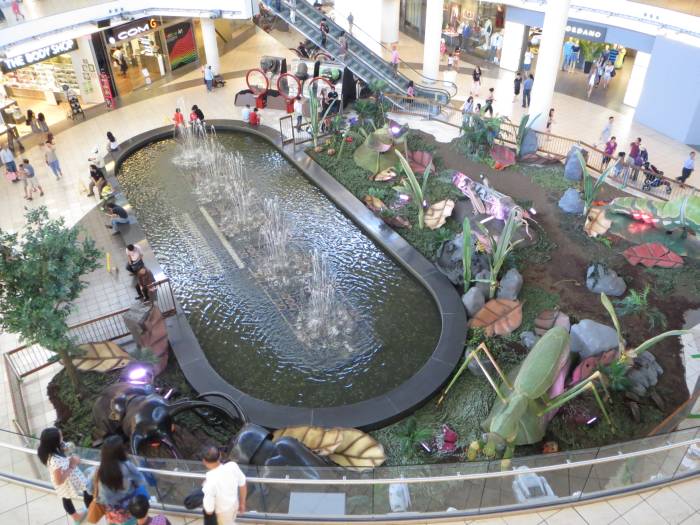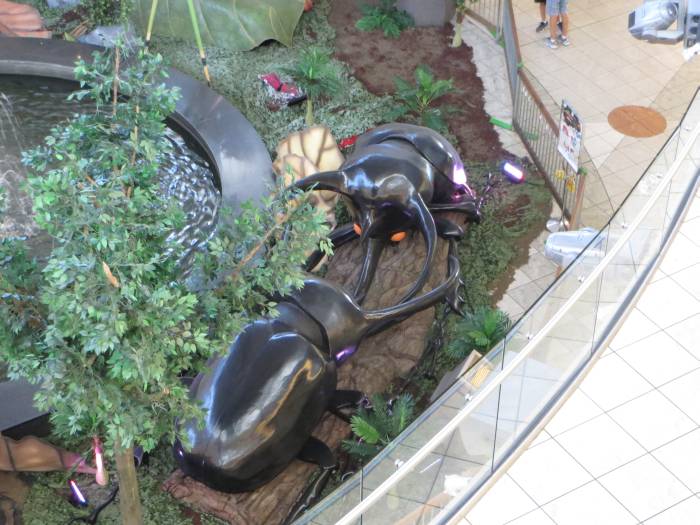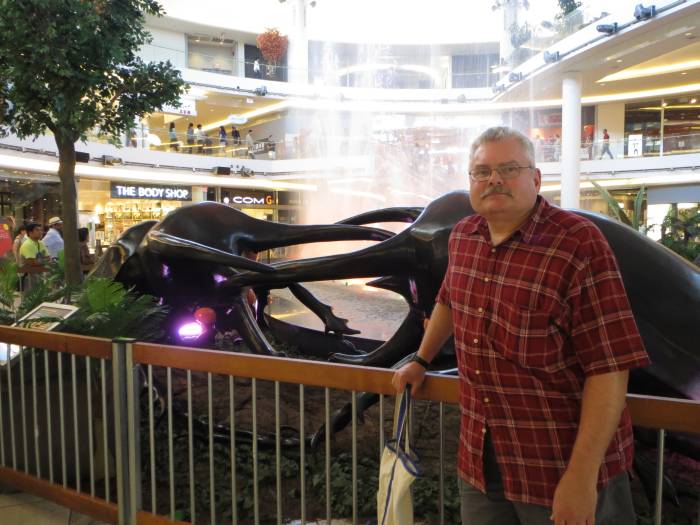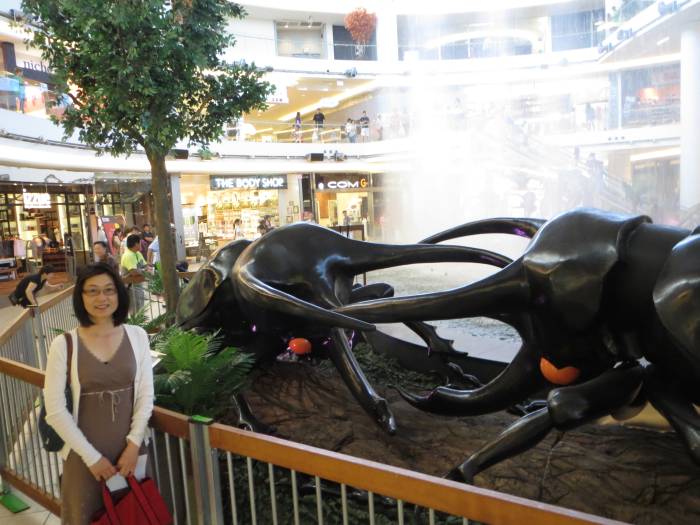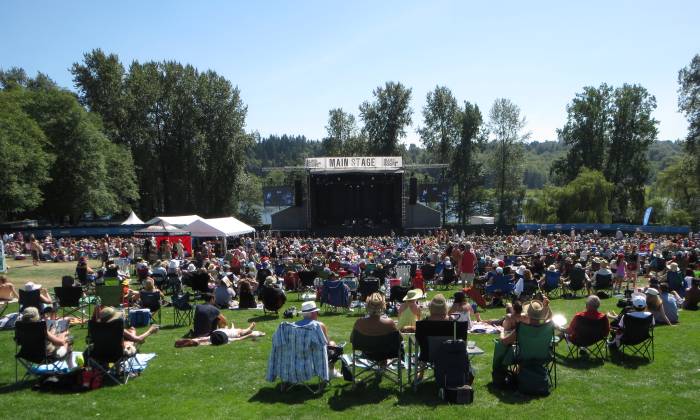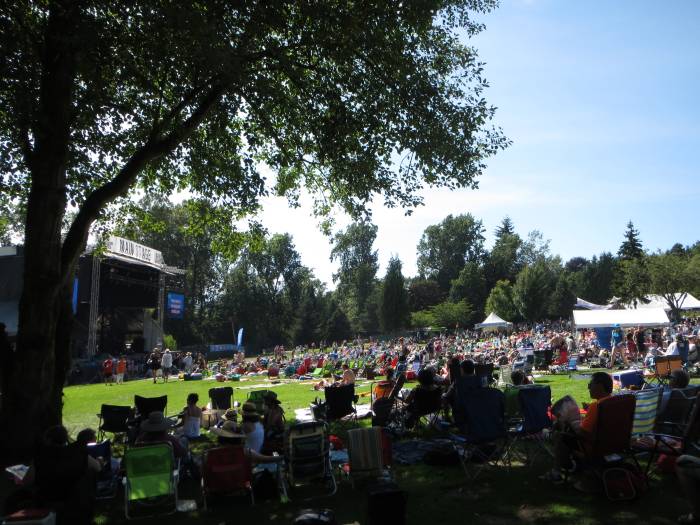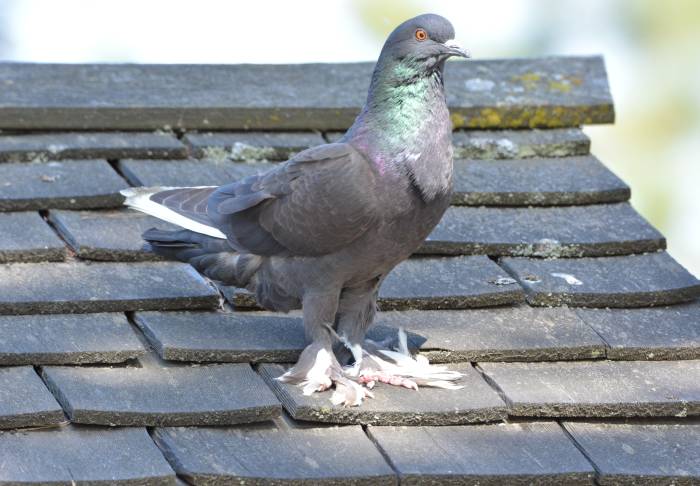It’s the Camera, Not the Photographer
About a week ago in Photo Tip 3 I argued the point of view that you can take great photos with a cheap camera, and bad photos with an expensive one. I promised to write about the other side of that coin, so here goes:
In some situations professional, expensive gear will get shots that are difficult, or impossible, to achieve with simpler cameras.
Speed. Semi-pro and pro models focus faster, meter faster, shoot multiple shots faster, and have faster shutter-button reaction time (“lag”) than cheaper models. Those gaps have been closing over the last decade, but you still get what you pay for.
Mirrorless cameras throw some wrinkles into the following discussion, in which by “pro” models I mean higher-end DSLRs, but for simplicity I’ll ignore the mirrorless format for now.
Of course not everyone needs speed, but if you’re into genres like sports or wildlife photography, speed can make the difference between blown shots and tack-sharp ones that capture peak action.
Let’s tackle some of these speed issues one by one.
Faster, more accurate focus: Pro models usually have sensors with more focus points than consumer cameras, and accompanying computer chips that can react and process data extremely quickly. This results in near-instantaneous autofocus, focus tracking, etc. The autofocus sensor systems on higher-end cameras also work better in low light, and can work with lenses with smaller maximum apertures than lower-end cameras.
Faster, more accurate metering: Take most of the above comments, and apply them to metering, too. Higher-end cameras have more sophisticated metering systems.
Faster multiple shots: (in the old days with physical film we called this “motor drive”). Pro models can take multiple shots faster than cheaper ones. There are other variables involved here like file size, etc., but generally speaking a pro DSLR can shoot somewhere around double the number of shots per second compared to an entry level one. Another factor here is buffer size. A pro camera can likely shoot and store two or three times as many shots before its buffer fills up. When the buffer is full, the camera cannot take any more shots until the data in the buffer gets transferred to the memory card.
Higher usable ISO: Pro models have the latest, greatest (and concomitantly most expensive) sensors, and can often produce usable images in low light at extreme ISOs that cheaper cameras may not handle.
Shutter lag: Semi-pro and pro DSLRs have near-instantaneous shutter-button response. That means that when you hit the shutter button, the camera fires now, not a split second later. And yes, a split second can make or break a shot. Again, this applies mainly to action photography, but can also be key in documentary situations, or even catching a grin on a kid’s face.
Durability: Higher-end DSLRs are built like little tanks. They have expensive metal frames and bodies, and components like shutters that are tested for tens of thousands of cycles. They tend to be water-resistant if not watertight. In contrast, lower-end cameras tend to have more plastic parts, and are not designed for the heavy use and abuse of pro models.
Support: This varies by maker, but expensive DSLRs tend to get preferential treatment if anything goes wrong. If your $400 DSLR breaks and you take it, or send it, to an authorized service center, you may not see it for some time. But if you take a multi-thousand-dollar pro camera in, it’s almost guaranteed to jump the queue and get fixed ASAP. That makes sense to the manufacturers, who want to maintain good relations with professional photographers who buy expensive gear, and whose livelihoods rely on that equipment.
So there you have it. You can take great photographs with a pinhole camera, but advanced gear is immensely enabling, if you know how to use it.


